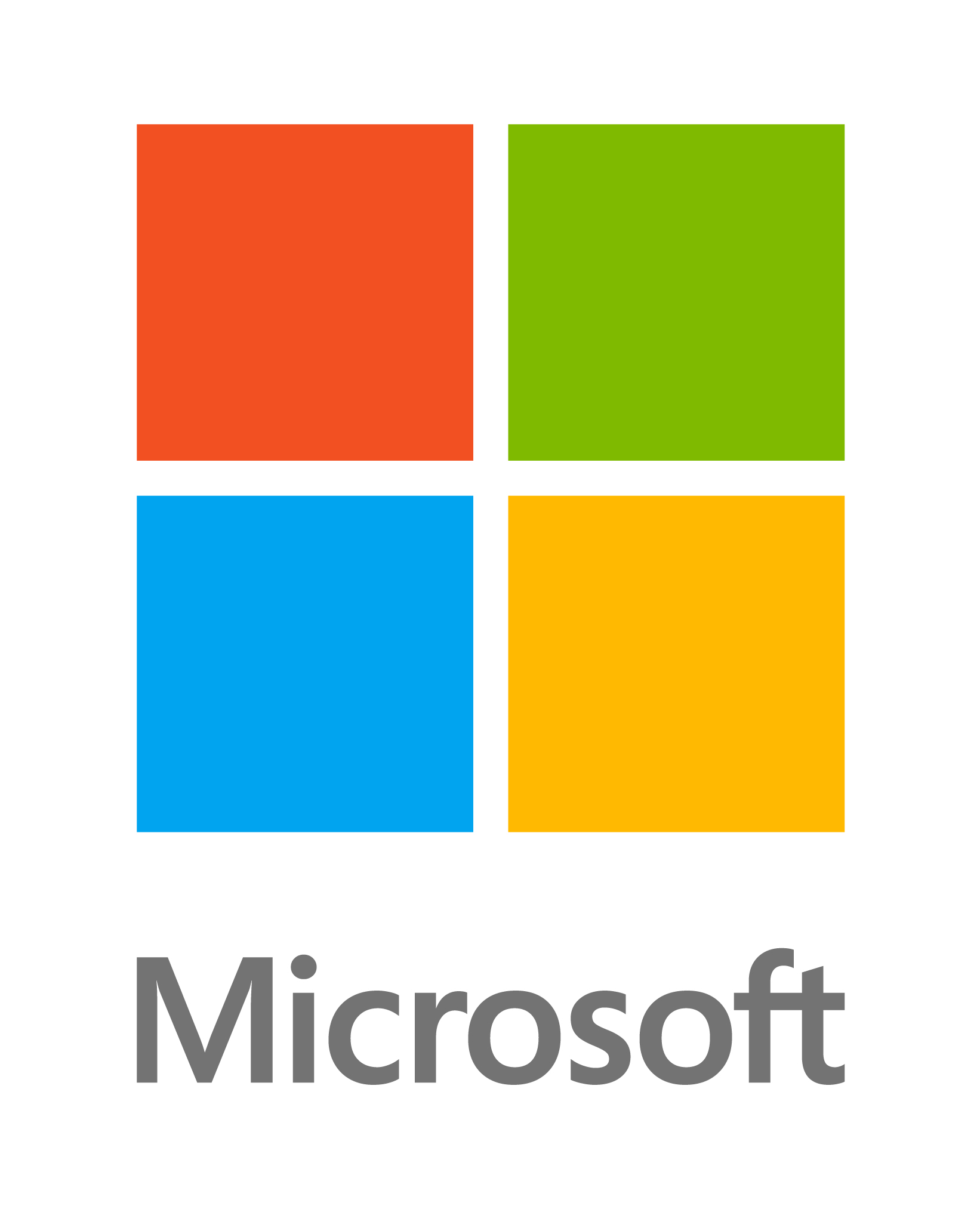
This week's article is brought to you by Todd. Todd is the Technical Lead at Robert Stephen Consulting, LLC. RSC specializes in installing, hosting and managing ARCHIBUS IWMS systems. The article Todd is sharing with us today is one of a series of posts on how to make that process easier.
Most of the ARCHIBUS Environments we build are on the
Microsoft Windows Server platform. In
this post, Todd briefly shares some phenomenal tips about four FREE (or nearly free) tools he
finds make the job of managing ARCHIBUS in a Windows environments much
easier.
The four tools include:
The four tools include:
- Notepad ++
- A text editor with some very nice extra features
- Agent Ransack
- A file search utility
- WinDirStat
- A filesystem management utility
- PortQury
- A Microsoft command line utility for checking the status of TCP/UDP ports
1. Notepad++
Link: https://notepad-plus-plus.org/
Notepad++ is mostly a text editor. I know what you’re thinking: “Well, I already HAVE a text editor. I don’t really need another one. Mine works just fine!”
Notepad++ is mostly a text editor. I know what you’re thinking: “Well, I already HAVE a text editor. I don’t really need another one. Mine works just fine!”
Yes, but can your text editor do these things?:
- Open a “live” file (like a log) without getting in way of other processes accessing it. That way, you can look at the log in real time, without making a copy.
- Search for all the instances of a text string in all the files in a directory you name, and allow you to quickly jump to that string in the file where it’s located.
- Mark up source code, and help you find missing parentheses or curly braces. I find the XML, Javascript, Java and HTML options very handy in dealing with ARCHIBUS custom views and their supporting workflow rules. It’s also quite nice to be able to collapse expand sections of code (like an “if” block) to see how they fit into the larger code flow.
Don’t get me wrong, this isn’t an Integrated Development
Environment (or IDE). It doesn’t require
that kind of setup or learning curve.
But it is a very powerful tool that a sometimes-programmer or
troubleshooter can use to make their work a lot easier.
I find this very useful when I need to change the way a
particular variable is used, or to change all instances of a function call, for
example. It’s very easy to find them all
quickly, and to work my way through the search results, updating as I go.
Notepad++ is also more forgiving than other editors I’ve used. Most will let you “undo” up to the last save. Notepad++ will let you undo up to the time you opened the file.
2. Agent Ransack
 Agent Ransack is a file search utility. And it’s ALMOST free. At $10/copy, less for larger numbers, it’s
definitely well worth the normal investment.
What it does isn’t complicated, but it is powerful. Agent Ransack lets you:
Agent Ransack is a file search utility. And it’s ALMOST free. At $10/copy, less for larger numbers, it’s
definitely well worth the normal investment.
What it does isn’t complicated, but it is powerful. Agent Ransack lets you:- Search for a filename or directory / folder name
- Search for text inside the file, including using regular expressions (basically wildcard searches)
- Specify the time the file was saved, created or last accessed
I find these capabilities very useful in finding a file or
view in ARCHIBUS’ very complex schema.
WebCentral will give you the filename, but won’t tell you the
location. Agent Ransack solves that
problem.
3. WinDirStat
Link: https://windirstat.info/
It seems that no matter how big your drives are, they’re
still not big enough. How many times
have you found that your drive is ALMOST full, then had a very difficult time
freeing up the space you need? It seems
like the hardest task is just FINDING the offending file or application. You have click on the properties of each
folder to see its size, then look inside the biggest, look at all the folders
there to find where the space is being used up, ad infinitum.
WinDirStat does all of that for you, and builds a cool and very intuitive visual representation of the things on your drive that lets you INSTANTLY see if you have a very large file gumming up the works. Often, it’s an old log file that can be deleted instantly once you know where to find it, and your drive is once again healthy and trim.
4. PortQry
OK, this one doesn’t look cool AT ALL. It’s a Microsoft-written command-line utility
without even an install package. But
it’s SO useful. One of the most common
problems in setting up or troubleshooting an ARCHIBUS environment is for
components of the application not to connect as they should. But is the problem with the network or
firewall, or the database server setup, or with the Project setup on the
ARCHIBUS side? One of the toughest
things to see easily is whether the network port you’re trying to connect to is
open and listening, or filtered in some way.
This is what PortQry does. With a
single command line query, you can find that out in real time, and stop
fiddling with all the components hoping something will work.
Thoughts? Questions? Comment below and let us know what you think! We'd love to hear your insights.
Follow @rsc2lc Tweet









No Comments Yet, Leave Yours!